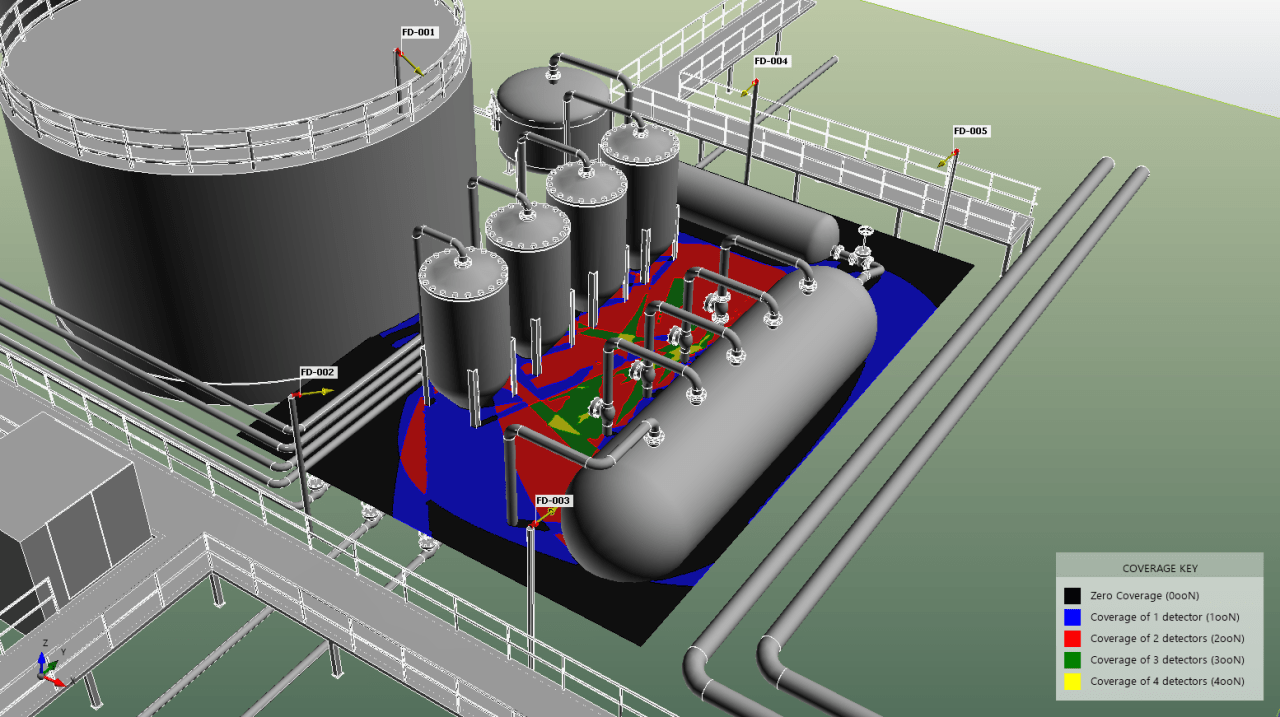I have done many marketing presentations since starting Insight Numerics, but one sticks out in my mind.
It was 2014, one year after we had released Detect3D. I turned up at the company’s office, set up in the conference room, and welcomed the 10 or 15 attendees – a decent crowd. I opened up my laptop, ready to launch into the demo and show all the bells and whistles. But before I started, I asked the question: “What are you experiences with Fire and Gas Mapping?”
What followed was a 45-minute therapy session.
Prior to Detect3D’s release, their only option had been to outsource the work to a handful of companies that offered Fire and Gas Mapping services. And like any industry that lacks competition, it did not turn out well for the customer. Prices were high, deliverables were confusing, and they couldn’t translate what they saw in the report to their actual project.
“If we buy Detect3D, can we do it ourselves?” was the question. “Yes,” I said. Presentation over. Sold. I had not even shown them the software. I closed my laptop. It was one of our biggest and earliest sales.
The Fire and Gas Mapping Industry has come a long way since then. Today, many more companies are offering F&G Mapping consulting services, and others choose to perform the work in-house. The number of engineers that work on F&G Mapping every day has exploded.
This has brought about its own challenges. In the 2000’s, Fire and Gas Mapping was poorly maintained by those who practiced it – there were very few, if any, scientific journals published on the subject, there was no peer-reviewed validation, and no push to improve the technology on a commercial level. The recent and relatively sudden increase in the number of engineers performing Fire and Gas Mapping projects looked to the past for guidance – but there was little to be had. Engineers were, in many cases, on their own.
We consider it our responsibility, alongside others, to improve this situation. Last year we published the first validation efforts on obstructed fires, and continue to publish as much as we can. We make our software accessible and up to date, and provide help with the learning curve through training and online tutorials. We support the work of the ISA TR84.00.07 committee, and those working on the upcoming British Standard. All of these efforts are in the right direction.
My hope is that, over the next decade, Fire and Gas Mapping will be a science that is properly supported by literature, validation, software and best practices.

Find us